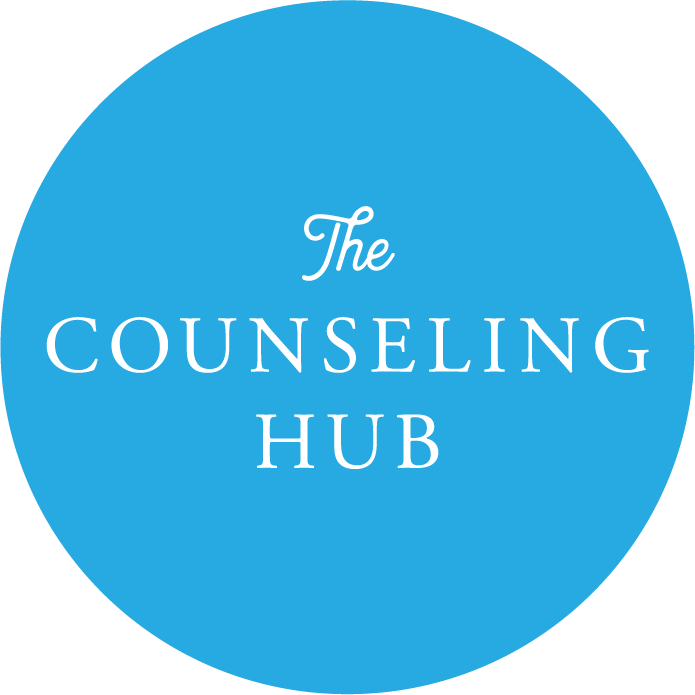What Is a Trauma Bond?
Why do so many victims of abuse end up staying with their abusers? For people not in the relationship, it’s hard to understand. But outsiders don’t see the full picture—many factors can keep a victim in an abusive relationship.
So, why do victims stay in these types of relationships? Is it love or fear? These powerful emotions can play a role, but trauma bonding is often the explanation for the behaviors of people in an abusive relationship.
Trauma bonding happens whenever a person forms a strong emotional connection with someone who is abusive. The abuse usually happens in waves, immediately followed by acts of affection or kindness. This tricks the victims into thinking that it will get better or that they didn't actually experience abuse at all. Let's learn more about what a trauma bond is, how it forms, and how you can break free.
What Is a Trauma Bond?
A trauma bond is an emotional attachment that can develop between a victim and their abuser. The bond is usually created through a cycle of abuse, devaluation, and positive reinforcement. In a dynamic like this, an abuser will alternate between being cruel and affectionate so that their victim becomes confused and dependent on them.
If the cycle of abuse and love bombing continues, a victim may even start to associate the pain they experience with a form of love. This can make it even more difficult for them to recognize these actions and behaviors as harmful and leave the relationship.
How Trauma Bonds Are Formed
Several factors contribute to the formation of a trauma bond. Below are some of the most common causes.
Low Self-Esteem
A victim of a trauma bond will experience low self-esteem and shame. The repeated cycles of abuse can make them internalize blame. They may even feel like they actually deserve to be treated this way. Their low self-esteem and self-doubt from being gaslit by their abuser make it difficult to break the cycle.
Imbalance of Power
An abuser in a trauma bond is the one who holds control. They’re in charge of the financial, physical, and psychological power within the relationship. This imbalance of power, combined with manipulation and threats, can cause the victim to feel like they’re powerless and unable to escape.
Intermittent Reinforcement
The intermittent reinforcement that is done by an abuser after being cruel will give their victim a false sense of hope. The cycle between abuse and kindness will leave the victim hoping for the “good times” and make them more emotionally dependent on their abuser.
Isolation
An abuser will work to isolate their victims from their family, friends, loved ones, and support systems. They want their victims to rely on them for practical and emotional wants and needs.
How to Break a Trauma Bond
Breaking a trauma bond isn’t easy, but it is possible. Awareness is key to starting the healing process. Acknowledging that you’re in a trauma bond is the first step to take toward regaining control and improving your self-worth. Couples therapy can provide confidence and guidance as you start the journey.
Once you recognize that you're in a trauma bond, you’ll be more willing and able to start to understand the cycle of abuse. You can then work to reframe your internal beliefs about yourself and your relationship, set and enforce boundaries, practice self-care, and reconnect with loved ones.
Help Is Available
Recovery takes time. With the right support, survivors of trauma bonds can rebuild their self-esteem, sense of safety, and independence. If you’re having a hard time moving forward after coming to terms with being in a trauma bond, know that help is available.
Working with a mental health professional can help you better understand your past so you can work on rebuilding a better future. Contact us today to learn more and get started.
Address
The Counseling Hub, LLC
2804 Forum Blvd., Ste 4
Columbia, MO 65203
Contact Information
p | (573)586-3204
f | (573) 313-3528
e | contact@thecounselinghub.com
Hours
Admin/Ops Team | Monday - Friday: 10a - 3p
*Clinical hours are by appointment only, Sunday - Friday
We have both clinical hours, or the times when our clinical team sees clients, and admin hours, or the times when our admin team is available via call or email.

